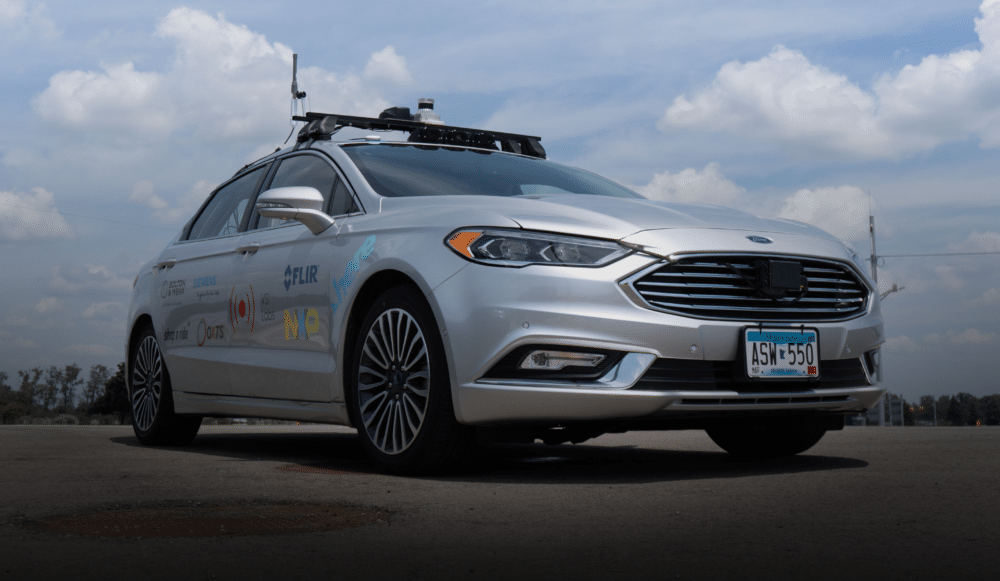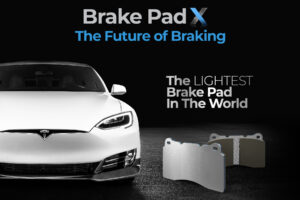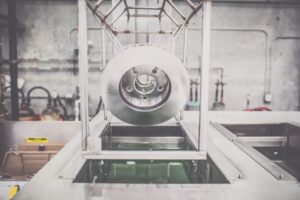Sign up for our weekly email to stay on top of the latest news and insights!
Source: WardsAuto.com post
YPSILANTI, Mich. – Combining cameras and radar, automatic emergency braking (AEB) sees and senses objects, people and animals in a vehicle’s path, often before its driver does, and brakes to avoid a collision if the driver doesn’t.
Some systems work better than others, some overreact on occasion, but all can prevent potentially expensive and sometimes deadly collisions.
But visual cameras lose effectiveness in low-light conditions and go blind in darkness, and the radar insufficiently compensates for that weakness.
Related post:
FLIR Systems, VSI Labs Improve AEB Systems
In fact, a 2019 report on AAA testing showed today’s available AEB systems are “ineffective during nighttime conditions.” That is troubling for human-driven vehicles, and especially concerning for future AVs.
So FLIR Systems is touting addition of thermal sensing to compensate for the low-light shortcomings of current systems, especially to prevent pedestrian deaths and injuries.
Because thermal cameras can see in total darkness and through sun and headlamp glare and most fog and weather conditions, FLIR asserts they could have helped prevent many of the 6,590 motor vehicle pedestrian fatalities that occurred at night in the U.S. in 2019, many of the 100,000-plus serious pedestrian injuries and a lot of animal hits.
FLIR recently announced results of tests conducted this summer by VSI Labs at the American Center for Mobility in Ypsilanti, Mich., that “showed…significantly improved performance in challenging real-world conditions, including when a pedestrian’s clothing blends into a background, sun glare is present and when a child enters the roadway from behind a parked car at night.”
“Current AEB systems on the market today are challenged in low light conditions, especially when it comes to detecting pedestrians walking out in front of the car,” said VSI Labs founder and president Phil Magney.
Added Mike Walters, FLIR Systems vice president-product management for automotive: “Our test results are in line with the AAA report and show that adding thermal imaging to existing sensor suites can meaningfully improve AEB systems. We also wanted to demonstrate to regulators, key decision-makers and the general public that it is possible to have a system that improves driver and pedestrian safety and can help in the efforts to dramatically decrease pedestrian deaths.”
Designed and conducted by VSI, these tests compared the effectiveness of “the world’s first fused AEB sensor suite, employing a thermal longwave infrared camera, a radar, a visible camera and a convolutional neural network,” to the AEB systems in four 2019 vehicles: a Tesla Model 3, Subaru Forester, BMW X7 and Toyota Corolla.
The evaluations were based on European New Car Assessment Program (NCAP) positive detection tests, which include driving toward a soft pedestrian target heated to mimic a human at 25 mph (40 km/h). The tests also included a variety of common driving conditions that are not part of current NCAP testing.
“Automotive testing agencies can evolve their AEB testing scenarios to be more rigorous to align with other daily driving conditions such as darkness and sun glare,” FLIR suggests, adding, “thermal LWIR (long-wave infrared) cameras are cost effective and ready for integration today by Tier 1 suppliers and automotive manufacturers.”
How cost effective and how soon?
Thermal cameras have long been used by some OEMs for night vision systems, and thermal sensing should add about $200 to the cost of an AEB system, says Chris Posch, FLIR Systems’ director of engineering for automotive products.
“And they could reach production in a couple of years.”








